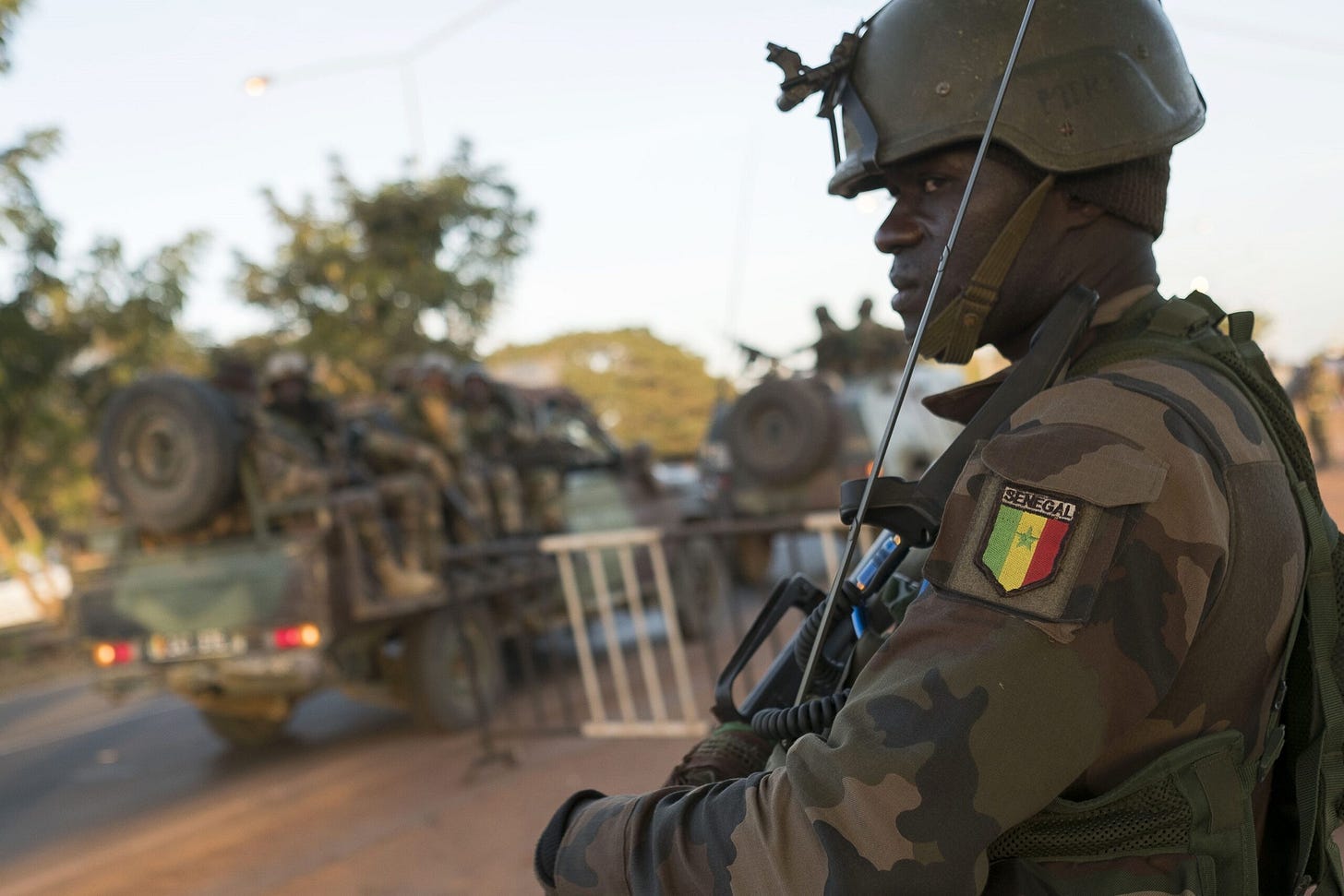We used to have a shorthand to explain how the United States efficiently and effectively projects power in Africa: it was called “anchor states.” In the Clinton, Bush, and Obama Administrations, the U.S. government primarily relied on Ethiopia, Kenya, Nigeria, and South Africa to play leading roles in regional peace and security, as well as serve as engines for economic growth. U.S. officials, in particular, turned to Nigerian President Olusegun Obasanjo and South African Thabo Mbeki to represent the continent in international fora and galvanize their fellow African leaders to respond to conflicts, political crises, and socioeconomic challenges. It was a largely productive strategy, and it served to advance U.S. interests in the late 1990s and 2000s.
This approach became increasingly unsustainable in the subsequent decade and a half, and yet U.S. policy struggled to evolve. During my time as President Biden’s Senior Director for African Affairs at the National Security Council, I was determined to move beyond the anchor states model to something more flexible and fit for purpose. It was almost impossible in practice.
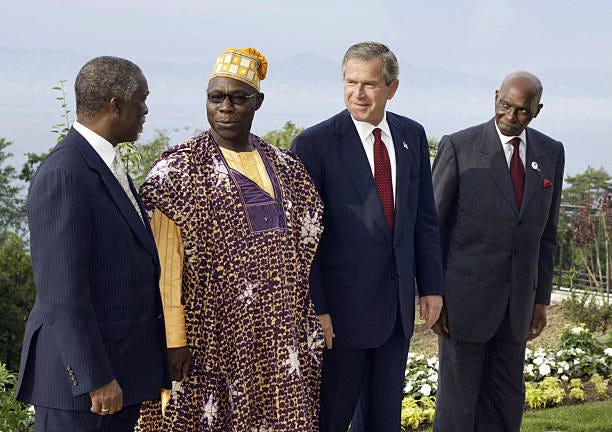
The Fading Logic of the Anchor States
By the 2010s, it had become painfully obvious that the anchor states model was breaking down. With the departure of Obasanjo and Mbeki, there was an inward turn by both countries under the leadership of new presidents who had less personal interest in regional affairs. A disastrous South African deployment to the Central African Republic in 2013 and the outbreak of the devastating Boko Haram insurgency in Nigeria resulted in less peacekeeping and peacemaking. In fact, Nigerian UN deployments plummeted from 3,000 troops, police, and experts in the mid-2000s to only 200 or so today. Ethiopia’s prominent role in the Horn of Africa managed to persist until the country became enmeshed in civil conflict in November 2020. It subsequently pulled all its troops from United Nations Interim Security Force for Abyei (UNISFA) while political tensions with Somalia have cast a shadow over troop contributions to the AU mission there. Kenya remains active, exemplified by recent deployments to Haiti and the Democratic Republic of the Congo (DRC), but it faces major internal political turmoil.
Our anchor states srategy, in other words, had fallen on hard times. It was still critical to engage with Ethiopia, Kenya, Nigeria, and South Africa, but it was no longer possible or sensible to expect these four countries to act as force multipliers for U.S. security and economic goals in the region. It was blindingly clear that we needed to diversify and expand our partnerships. There was an imperative to think differently if we wanted to have a viable U.S. strategy toward Africa in an increasingly complex, contested, and chaotic world.
The Rising Rationale for More States
When I was tapped to write the Africa strategy in 2021, this dilemma was top of mind. To be sure, it wasn’t a new insight. Several experts had pointed to the changed landscape. Martin Kindl, then-director of analysis at U.S. Africa Command, indicated that “an internal African multipolarism has emerged, with power and influence increasingly dispersed away from a handful of key ‘anchor states’ and toward a collection of smaller regional influencers.” Moreover, the U.S. government was already adjusting to this new reality—albeit in an ad hoc manner. For example, we turned to Chad and Senegal to help with regional security challenges in West Africa while we welcomed Rwanda’s peacekeeping missions to the Central African Republic and Mozambique.
At the same time, U.S. priorities were rapidly evolving. It wasn’t simply about keeping the peace, but how and which African governments would lead the response to the climate crisis, the COVID-19 pandemic, and authoritarianism. During the Biden Administration, there also was a premium on working with allies and partners who shared our interests in an era of geopolitical competition. What struck me, even before I was hired, was how many of the states that fit the bill were smaller states. Indeed, I had published a paper at the Center for Strategic and International Studies in 2020, observing that Africa’s smallest democracies, especially its island nations, routinely punch above their weight.
In the strategy, we combined these insights and reflections into a new approach. It was not an outright rejection of anchor states, but a realization that we needed a more expansive vision of how we work with our African partners. What I wanted was a more versatile strategy where we could pivot and adjust to build the right coalition to meet whatever near-term or long-term challenge we faced.
In a section titled “A 21st Century U.S.-African Partnership,” we said that the United States must “must reset its relations with African counterparts, listen to diverse local voices, and widen the circle of engagement.” Specifically, we must engage more states.
We will broaden our engagements, continuing to invest in the largest states while also deepening our relations with small and medium African states to advance our shared priorities, including the AU’s Agenda 2063. Safeguarding U.S. national security interests requires as much engagement with the small countries as it does with the larger ones. We will engage with emerging African democracies, surging assistance and seizing opportunities to support promising democratic openings. We will develop a deeper bench of partners by increasing our interactions and deploying higher level U.S. interlocutors to promote greater policy alignment based on shared values, including at multinational forums and international courts.
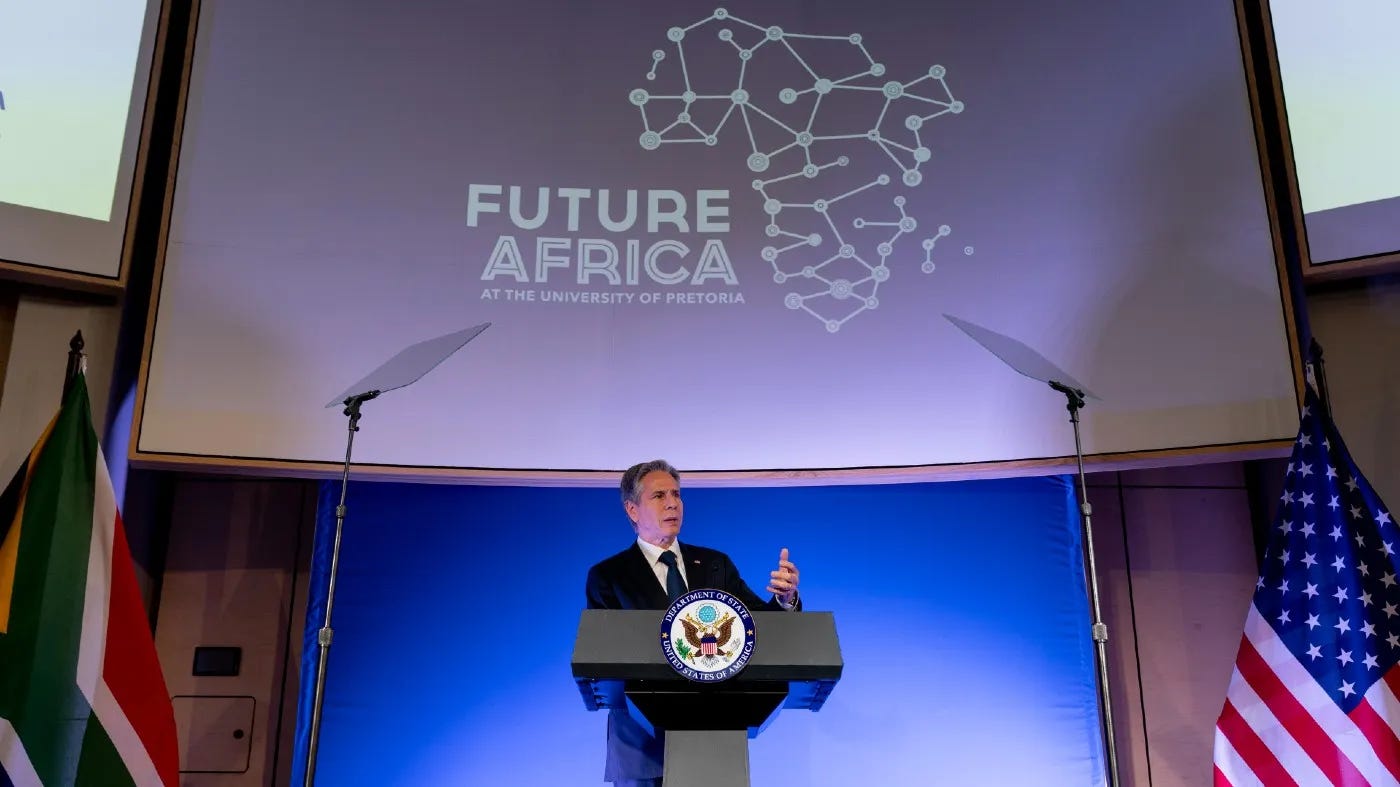
Why We Faced Opposition
Even from the outset, it was clear that our intended shift was going to face some headwinds. It stemmed from a structural challenge, as well as the specific idiosyncrasies of working with smaller states. I won’t say it doomed the exercise, but it did make our task harder.
Planning Problems. It is one thing to say you want a dynamic approach to partnerships, but it is another thing to budget for it. In 1999, Secretary of State Madeline Albright told the Senate Appropriations Committee on Foreign Operation that the Clinton Administration wanted to continue its strong support for anchor states Nigeria and South Africa where “we can have the greatest impact.” My Defense Department colleagues made a similar point, explaining how they can’t just shift resources on a dime. They wanted guidance to allow for consistent funding for specific challenges and in priority theaters.
Veto Players. There is a big difference between large states, on the one hand, and medium and small states, on the other. While one may receive flak for engaging with a large state, our relationships tend to be complex and multidimensional — robust enough to avoid being hijacked by a single issue. In contrast, it is relatively easy to nix a budding partnership with the small state. A diverse range of stakeholders, from ambassadors and congressional staffers to NGO activists, can throw down a flag because of a flawed election, human rights allegation, or even a perceived personal slight. Essentially, there are too many people who have the power of the veto, and it tends to require a disproportionate amount of political capital to overrule them.
Risk Factors. Although not a challenge exclusively for small and medium states, there is the looming risk that political upheaval may suddenly imperil U.S. engagement. This underlying volatility becomes a deterrent from broadening U.S. partnerships beyond the anchor states. For example, when Mozambican President Joaquim Chissano and Tanzanian President Jakaya Kikwete left power in 2005 and 2015, respectively, their immediate successors proved less capable as regional peacemakers. A coup or civil unrest can limit a government’s willingness or ability to work with the United States – exemplified by Niger’s eviction of U.S. forces in 2024.
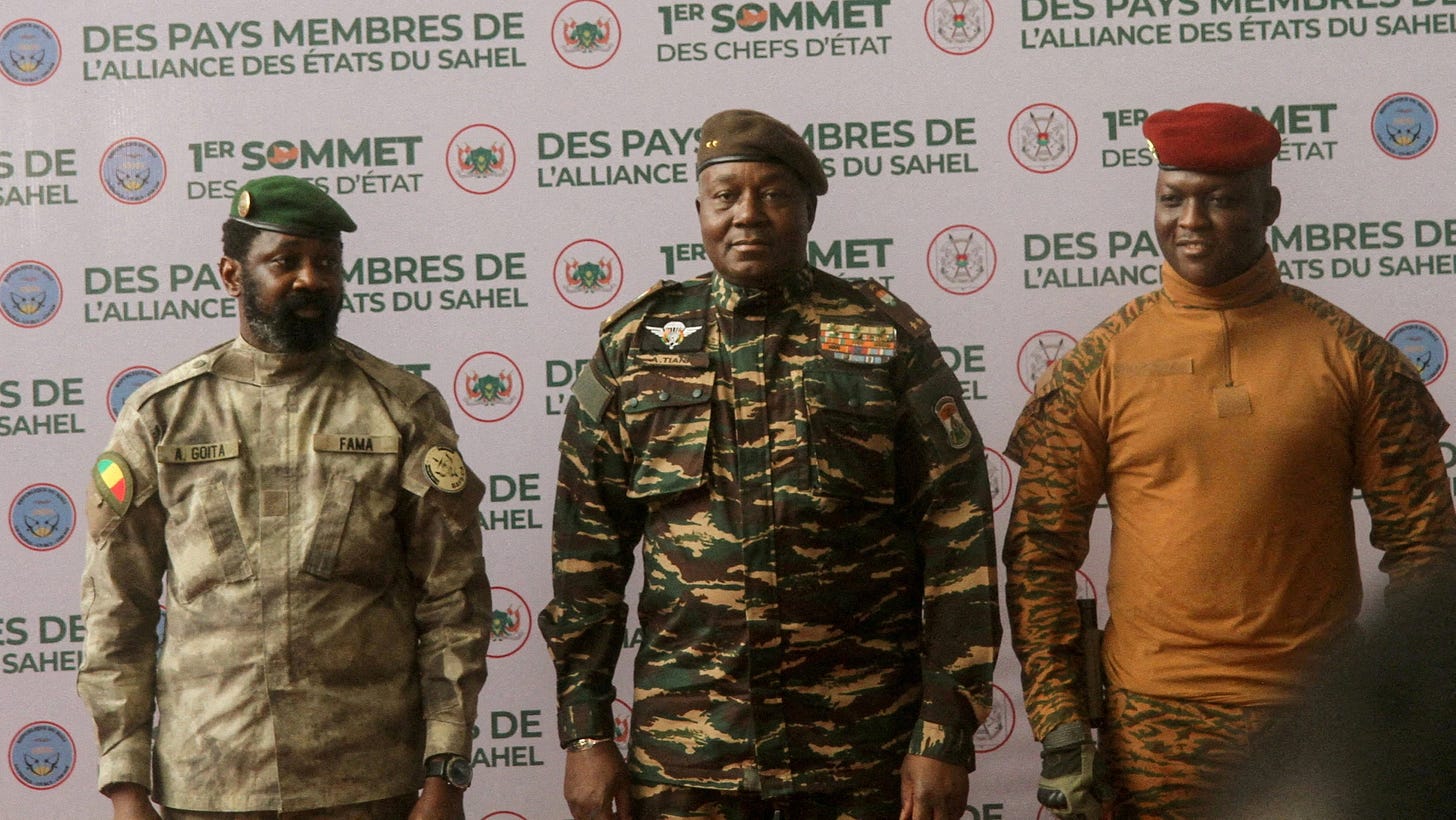
Where We Made Progress
Although breaking free from the anchor state model was difficult, we had some successes. First, we convinced the powers-that-be that senior level engagement should be more inclusive. Instead of a paint-by-the-numbers meeting of anchor states in the Oval Office in December 2022, we secured spots for large states (DRC, Nigeria) and medium and small states (Gabon, Madagascar, Liberia, and Sierra Leone); in fact, it was the first time a Malagasy leader had entered the West Wing since 1964. We also used the president’s directive to the cabinet to ensure U.S. engagement covered the entire region – including the first high-level trips in decades to Cabo Verde, Benin, Guinea-Bissau, Lesotho, Mauritania, Namibia, and Seychelles, among others. Second, we expanded our partnerships with different African groupings, including those situated on the Atlantic Basin as part of a new Atlantic Cooperation initiative and with Angola, Democratic Republic of the Congo, Tanzania, and Zambia as part of the Lobito Trans-Africa Corridor. Third, we pressed our non-African partners to reinforce our effort through their own outreach, whether through the European Union, NATO, or bilaterally.
While I wanted a more deliberate approach to broadening security ties, it was happening by necessity. As the security situation deteriorated in the Sahel, Horn of Africa, and Great Lakes, there wasn’t much more we could ask of Nigeria and Ethiopia. We worked with or received requests by other countries to support more diverse coalitions – such as the East African Community and later the Southern African Development Community in the DRC or the Accra Initiative in West Africa. We had constructive dialogues with Angola, Rwanda, Sierra Leone, Sao Tome and Principe, Togo, and Zambia on how to team up to resolve crises in the region. The anchor states, of course, were often part of the conversation, but they couldn’t consistently take the lead.
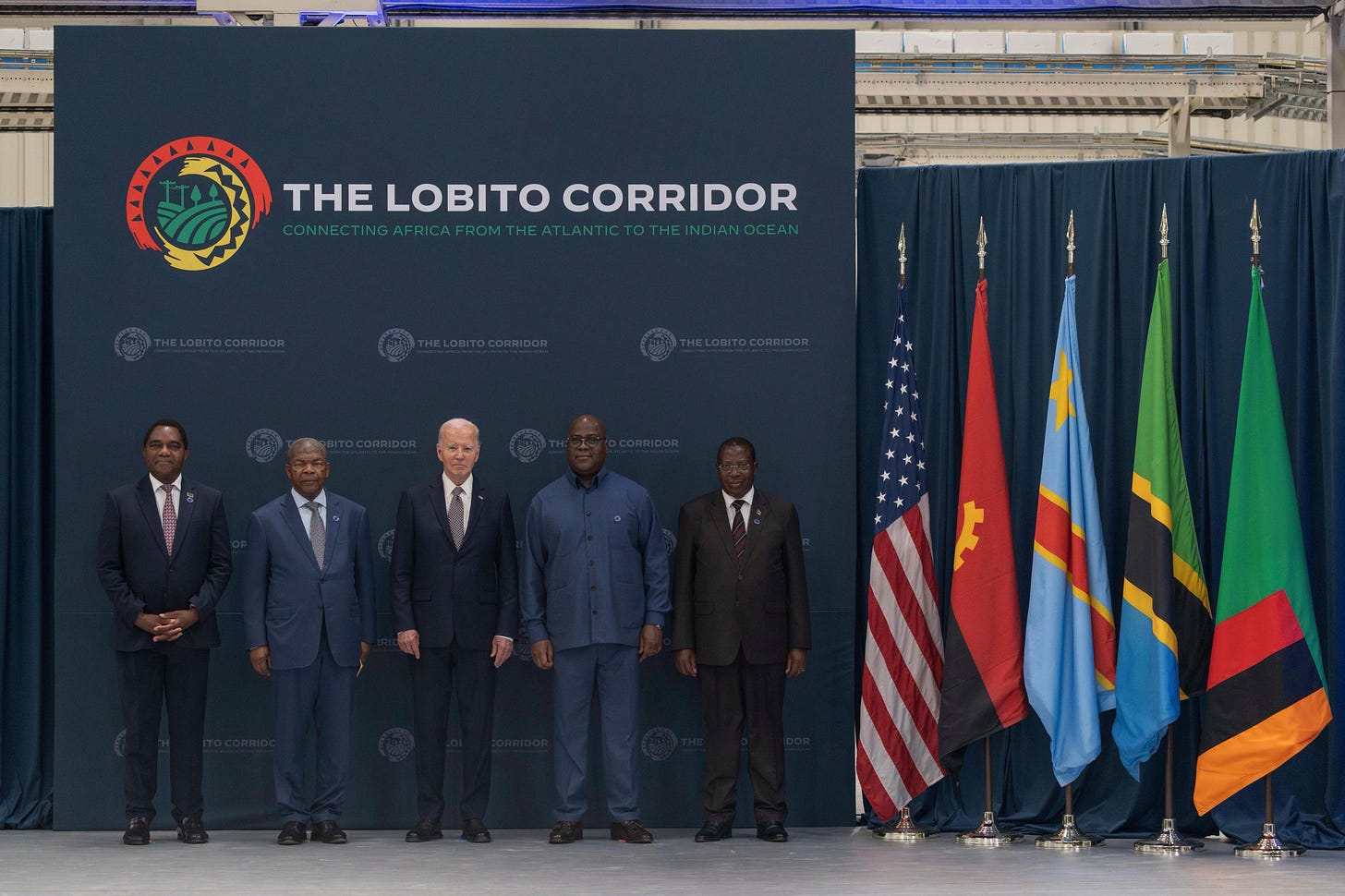
How to Proceed
Reflecting on these setbacks and advances, I realize that we needed to meet somewhere in the middle. While I remain emphatic that we need to be nimbler, I recognize that the U.S. government can’t be everywhere, and we can’t redirect the entire bureaucracy on the fly. At the same time, it is a mistake to make a big bet on a few countries. We need options and must retain some strategic depth, managing risk by investing in partners big and small.
One compromise probably is to identify a broader set of countries to elevate in a “more states” approach. The Obama Administration internally tried to effect such an arrangement, but it mapped certain priorities to certain countries, and it became difficult to keep track — let alone remain faithful to the construct.
This should happen in tandem with investments across the board. During the Clinton and Bush administration, we trained over 60,000 peacekeepers and developed personal relationships to ensure the United States and its African partners were willing and able to respond to whatever challenge we face. This may seem naive in our current moment of transactional foreign policy, but it is clear that our failure to do so has and will continue to be to our detriment.
Post Strategy
When I look back at my time in government, there are several initiatives that we started, but we struggled to fully make a reality. The task to transcend the anchor state model was a big one. Nonetheless, I remain convinced that we have to keep working at it. The region has become more diverse than ever before, and it is not feasible or sensible to rely only on a handful of large states to drive positive change and tackle difficult challenges. Moreover, the international community has more priorities than ever before, requiring stronger relationships with medium and small states in Africa. Yes, it will continue to be a bureaucratic headache — regardless of who is in the White House — but it is worth our time, attention, and creativity to institute a more agile and expansive vision of U.S. partnerships with African counterparts.


